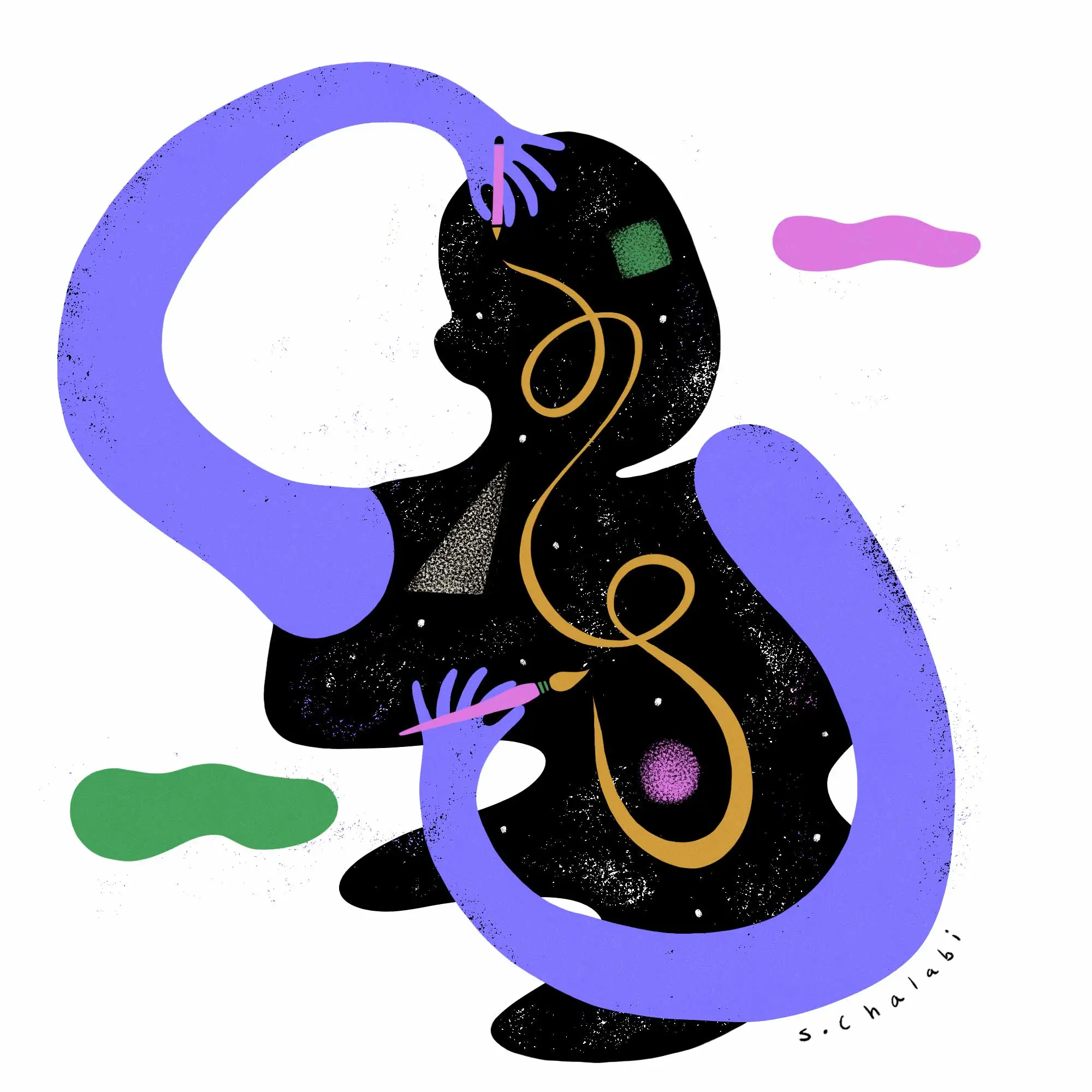Natalia Almada on the box around BIPOC
Natalia Almada is a filmmaker whose work combines artistic expression with social inquiry and straddles the boundaries of documentary, fiction, and experimental film.
I’ve spent most of my career arguing that Mexicans should make Mexican films. I’ve felt angry whenever others made films about us because we were often misrepresented, misunderstood, and reduced to cliché. I believe that the form of artwork—in particular, film—is a reflection of identity, and have fought to defend my work when it did not follow dominant trends. I still stand behind these ideas, but in 2016, my first son was born in San Francisco, and I decided to make a film about the world I was now in: a culture immersed in technology.
I began my first “non-Mexican” film feeling guilty that I was betraying my responsibility to serve my own underrepresented culture.
Looking back, perhaps I was not always freely choosing to make “Latino” or “Mexican” films; maybe there had been an invisible box around me limiting my sense of possibilities. It had not occurred to me that I did not feel entitled to make films about “universal” and “global” issues. I was suspicious of these terms because they were usually used in critique of work made from the periphery. “How is your film universal?” and “Who is your audience?” were usually coded questions that really meant, “This work is foreign to me and so it is uncomfortable or not important.” But I was less aware of how I felt prohibited from making films about issues that extended beyond Mexico.
When I first pitched my film about technology, I was shocked by how different the experience was from pitching my previous projects. People were engaged and quickly felt connected to the subject. For the first time in my filmmaking career, I was not asked who my audience was or why the project was relevant. I didn’t have to explain or justify. The general response was: “This is so relevant, so timely, so universal.” It resonated because it was something to which they already had a relationship. It felt good to hear those words. It was affirming and empowering in a way that I had never experienced before. I did not leave each pitch meeting disheartened as I had in the past, and the money also came in as it never had before. (It is important to note that to most Americans I do not look or sound Mexican, and I have an anglo producing team.)
Because BIPOC filmmakers come from such a long history of having others make images of us, it is imperative to make images of ourselves. Slowly we are building our own visual archive, a history written by us, memories constructed by us and stories about us. Convincing the gatekeepers to support and distribute our work has been an exceptional task, but the box around BIPOC and the feeling of disempowerment may be even harder to overcome.
Now that I am making the film about technology, it begs the question: what in my approach is a reflection of who I am? Is it in the way I chose to film, the form? The things I chose to look at, the content? How does my approach to this topic introduce a new (or should I say “previously excluded?”) perspective into the collective dialogue? How am I subverting ideas, forms, and perspectives that have historically excluded my world view? Our goal should not be to meld into the mainstream or become “universal,” but rather to redefine “universal” so that it is no longer exclusionary.

This essay is part of CREATIVE FUTURES, a series of provocations by thinkers across the arts, documentary, and journalism on how to reimagine their sectors.